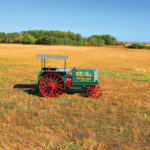
There are at least 150 reasons to visit the Manitoba Agricultural Museum
In celebration of the country’s anniversary, the MAM has gone through its collection and made a list
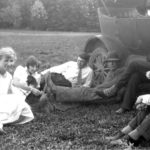
When the week’s work is done
A chance to pause and rest was a rare thing for the region’s early pioneers

The McPhail outfit circa 1919
Once again a historic photo gives us insight into a world long past
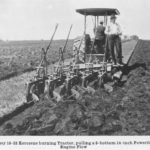
Winners and losers: The Brandon light tractor plowing demonstrations of 1916
Canadian manufacturers always struggled to maintain relevance with their smaller market
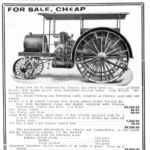
Pioneer sale offers historical insight
Farmer and politician William D. Staples sold up in 1916 due to the war

Conventional tractors attracted attention too
Success or failure in Western Canada for early tractor makers appears to be linked to their distribution networks
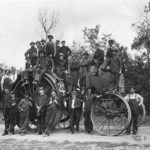
Agriculture engineers in the early years
The Manitoba Agricultural College was the first of its kind in Western Canada and aimed to equip farmers with the latest knowledge
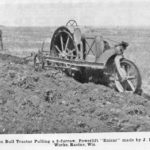
The three-wheel tractor craze
A move to smaller less expensive tractors fuelled interest in these designs
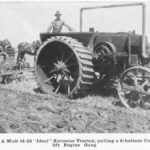
The Brandon Light Tractor Plowing Demonstration of 1916
This event, was the first up-close look many farmers had at a tractor

A Prairie tractor makes a long trip to France
A request from a French agriculture museum reveals an interesting tale of a tractor

